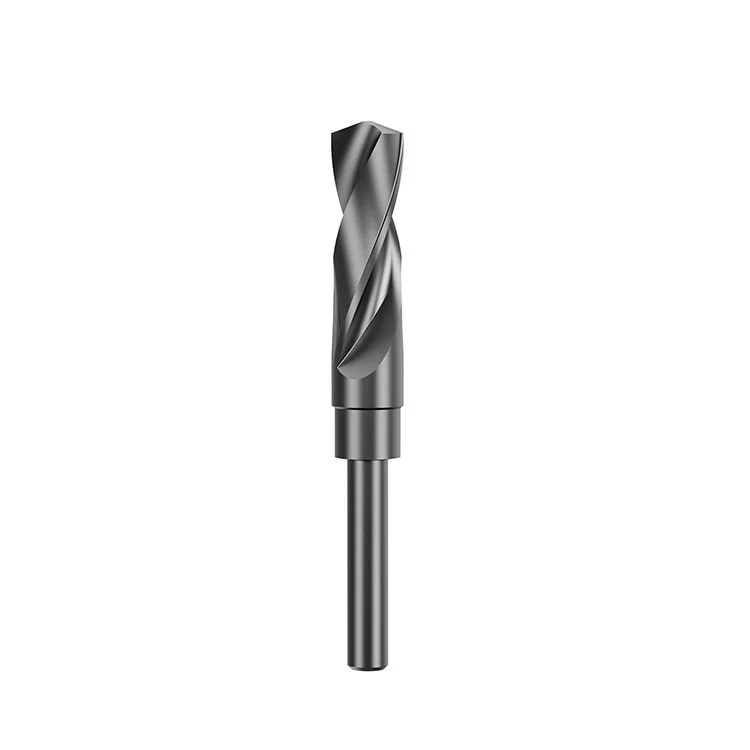5 Common Mistakes to Avoid When Using Drill Bits
2025-01-20
Drilling may seem straightforward, but common mistakes can compromise the quality of your work and damage your tools. Here are five common mistakes to avoid when using drill bits and tips to ensure success in your projects.
Mistake 1: Using the Wrong Drill Bit for the Material
Each material requires a specific drill bit type:
- Metal: High-speed steel (HSS) or cobalt bits.
- Wood: Spade, auger, or Forstner bits.
- Concrete: Masonry bits with carbide tips.

Solution: Always check the drill bit’s label or specifications to confirm compatibility with the material you’re working on.
Mistake 2: Not Securing the Material
Failing to secure the material can lead to inaccurate holes or dangerous slipping.
Solution: Use clamps or a vice to stabilize the material. For thin materials, back them with a scrap piece to prevent splintering or tearing.
Mistake 3: Applying Too Much Force
Excessive force can overheat the bit, cause breakage, or damage the material.
Solution: Let the drill do the work. Apply steady, moderate pressure and use lubrication for metal drilling to reduce friction.
Mistake 4: Drilling at the Wrong Speed
Incorrect drill speed can result in uneven holes or burned-out bits:
- High Speeds: Best for soft materials like wood.
- Low Speeds: Essential for metals and masonry.
Solution: Adjust the drill’s speed settings based on the material and bit type.
Mistake 5: Ignoring Drill Bit Maintenance
Dull or dirty bits can ruin your work and strain your drill motor.
Solution:
1. Sharpen Bits: Use a drill bit sharpener or professional service.
2. Clean After Use: Remove debris to keep the cutting edges sharp.
3. Inspect Regularly: Check for wear, cracks, or bends before each use.
Pro Tips for Better Drilling
1. Pilot Holes: For large holes, start with a small pilot hole to guide the drill bit.
2. Cooling: Use water or oil to cool bits when drilling metal to prevent overheating.
3. Proper Storage: Keep drill bits in a case or rack to avoid damage and misplacement.
Conclusion
Avoiding these common mistakes can significantly enhance the performance of your drill bits and the quality of your work. By selecting the right bit, using proper techniques, and maintaining your tools, you’ll achieve precise, professional results every time.


